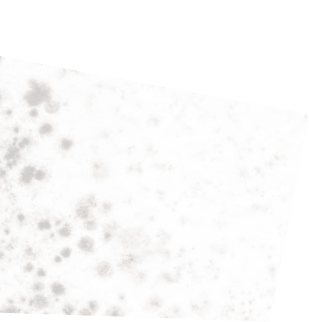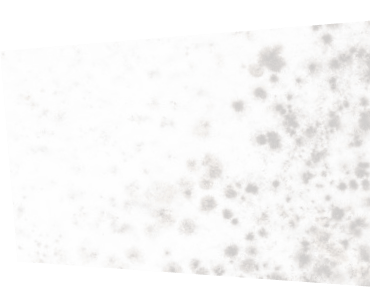Mold removal or mould removal might leave you confused with what service you really need. The good news is, that the only difference in the words mould or mold is the spelling – Canadians spell a certain way and Americans spell another way (there is no difference in meaning). What’s more important (whether its mould or mold) is the need to address an outbreak and professionally remove it.
Understanding the basics of mold
Mould (or mold) is an organism that occurs naturally in the environment. It grows on organic material that is either wet or moist. There are countless varieties of mold in nature, with many natural characteristics, and in most cases, harmless to humans. There are, however, varieties that can be harmful and these require attention. Once identified and confirmed, harmful mold removal in Toronto must be done by a professional and the infected area remediated so that future growth is prevented.
Every home usually has some mold
​Mould (or mold) is essentially an organic fungus. When it grows on a “host” surface, it can appear as black, green, and even grey. The colour of mold can be influenced by the nutrient source of the “host” surface, and also by the age of the colony itself. To thrive, mold requires a moist surface area and a suitable food source – like carpeting, or drywall, or wallpaper. In the home, a mold outbreak can usually be identified by its abnormal discoloration and a noticeable musty smell.
Mold is found indoors and outdoors
Both indoors and outdoors, mold will grow where it’s warm and moist. For homeowners, indoor mold grows and spreads in parts of the home where air moisture is prevalent – like bathrooms, and basements, and laundry rooms. When given the chance, mold will also grow around windows and plumbing pipes, where there has been a water leak. As for a nutrient source, mold does very well with various substrates: drywall, ceiling tiles, wood, insulation, carpeting, and upholstery.
Most Common Places Mold Is Found
Mold can grow anywhere there is moisture. So what are the most common places you’ll find mold growing at home? Bathrooms. Bathrooms are a big source of moisture, with showers and clothes washers creating a lot of excess water that can cause mold to grow. Basements. Basements are another big source of moisture, since they are often susceptible to flooding. Basements also commonly leak and have cracks that let in water, which can cause mold growth. Kitchens. The kitchen is another common area for mold to grow, not just because there is so much water used in this room (doing dishes, washing fruits and vegetables) but because it is also a place where mold spores can collect easily.
The most common places where mold can be found in your home are:
- Basements
- Rugs, carpets and fabric furniture
- Peeling paint and wallpaper
- Showers and bathtubs
- Underneath sinks and cupboards
- Inside walls
- Crawl spaces
- Ceilings
How does mould (or mold) spread?
Under the ideal conditions, mold grows and spreads by extending tiny “roots”. Mold also creates spores that are similar to seeds. They are released into the air and can produce new outbreaks in new locations. The key to prevention is to control indoor air moisture and thus stop the progress of a moist “host” environment. When things get out of hand, and a mold outbreak starts to affect occupant health, it’s time to book a mold test in Toronto, assessment, and final remediation.
Detecting the visual signs of mold
In the home or office, water intrusion may be the start of a mold outbreak. A wall surface may be discolored, wallpaper may be peeling, or paint may be bubbling. With an indoor flood, anything that has not been completely dried out can promote mold growth. A decaying, musty odour is a sure sign that something is not right. In worst-case scenarios, physical symptoms like skin rashes, sinus congestion, and eye irritation can signal an infestation of mold (or spread of mold spores).
Can household mold be dangerous?
Household mold can cause various health issues, or none at all. In fact, some people may be more sensitive than others, and therefore experience worse symptoms. For the most part, symptoms are bothersome, but not dangerous. However, people with an actual mold allergy may experience severe reactions. As well, the very old and the very young may be compromised when exposed to mold. The thing is, a mold outbreak should not be allowed to fester – it will require remediation.
Mold requires professional attention
When there is concern over a mold outbreak, a professional approach to remediation is the best approach. Dangerous or not, this isn’t the right time for a DIY attempt. Mold needs to be properly inspected, assessed, and removed. It’s the only way to ensure long-term results, with no relapse.
- Learn more about professional mold removal in Mississauga




